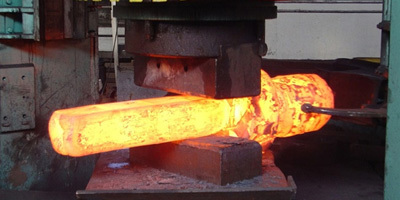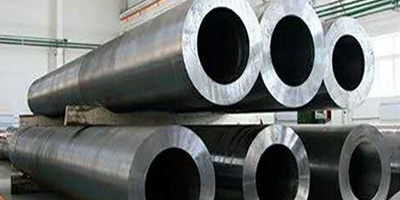
Do you understand the process of forging flanges?
Release time:
20 Jan,2025
The forging process of flanges typically includes the following steps: selecting the material quality of the blank, heating after forging, shaping, and cooling. In production, the choice of production methods for forgings varies based on the quality of the forgings; the following mainly discusses the forging process of flanges.
Free forging has a lower production capacity and a larger processing margin, but the tools are simple and versatile, making it widely used for simple single-piece small batch forging. Free forging equipment includes air hammers and hydraulic presses, which are suitable for producing medium and small forgings and large forgings, respectively. The production efficiency of forgings is high, operations are simple, and it is easy to achieve mechanization and automation.

The steps of free forging: Free forging involves gradually forging the blank through basic steps to deform the shape. The basic production process of free forging includes upsetting, drawing, stamping, bending, and cutting.
1. Upsetting is the process of forging the original blank along the axial direction, reducing its height and increasing the cross-section. This step of forging the blank is usually used together with other disc gear forgings. Upsetting can be divided into full upsetting and local upsetting.
2. Drawing is to increase the length of the blank and reduce the cross-section. It is usually used for producing rough shaft parts, such as lathe spindles and connecting rods.
3. Stamping is a forging process in which holes or non-holes are punched out of the blank, and the blank is bent into a certain angle or shape. The twisted part of the blank is relative to the rotation angle of other parts during the forging process.
Cutting is the process of dividing and forging the blank or cutting off the material head.
Die forging refers to forging in a die, where the blank is heated and fixed in a die forging device. The basic production process of die forging includes blanking, heating, pre-forging, final forging, punching and connecting, trimming, quenching and tempering, and shot peening. Common processes include upsetting, drawing, bending, stamping, and shaping.
Related News
Flange Standards and Selection Methods
20 Jan,2025
What is free forging of forged flanges?
20 Jan,2025



